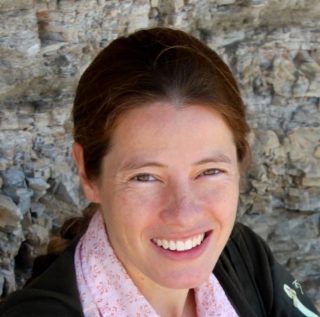
Landmark experiments with model organisms such as mice have shown that infectious pathogens can disrupt the “normal” microbiome, but the extent to which this process shapes symbiotic microbial communities during disease outbreaks in nature is largely unknown. This new work, conducted by Andrea Jani, a UCSB graduate student in Cherie Briggs’ lab in the Department of Ecology, Evolution and Marine Biology (EEMB), addresses a fundamental gap in disease ecology and microbiome research.
Co-authors Jani and Briggs — also affiliated with UCSB’s Biomolecular Science and Engineering program — found that the chytrid fungus Batrachochytrium dendrobatidis (Bd) appears to drive dramatic changes in symbiotic bacterial communities during natural disease episodes in four populations of the endangered Sierra Nevada yellow-legged frog (Rana sierrae). Chytridiomycosis, an emerging infectious disease of amphibian skin caused by the Bd pathogen, is a leading cause of amphibian biodiversity loss worldwide.